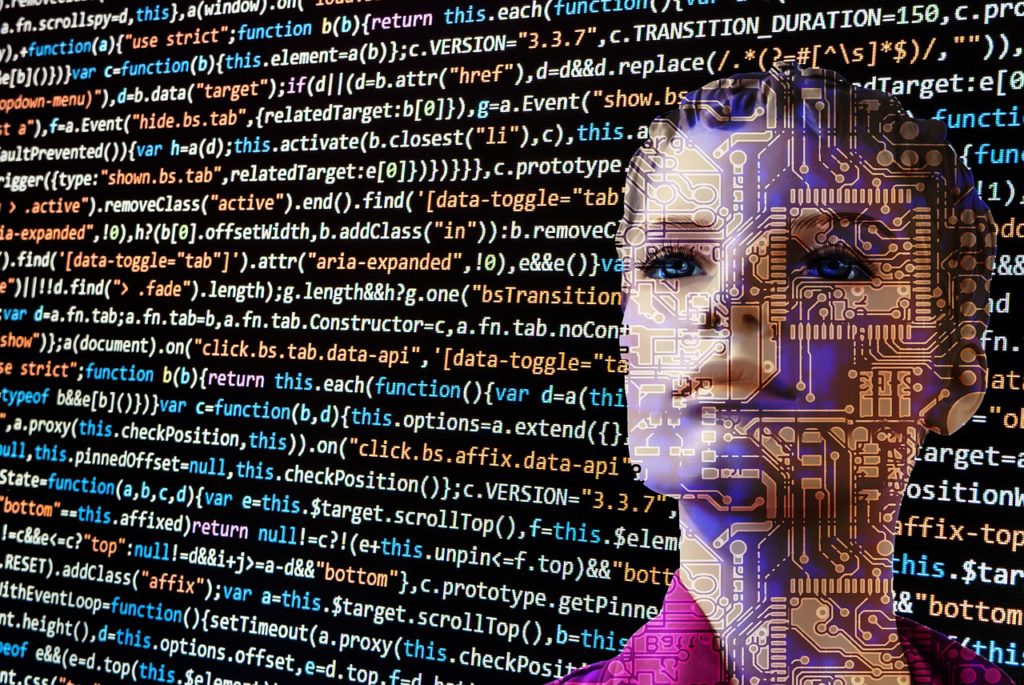A few weeks ago I visited the English L’Abri Fellowship, where one of the staff, Andy Patton, was giving the weekly Friday night lecture on the subject of How Technology Behaves. (Hopefully it will be available to listen to online on the L’Abri Ideas Library sometime soon.) It was wide-ranging, fascinating and provocative, but one element that I particularly spent time discussing afterwards was the question of the difference between art and technology, if there is one.
Andy gave a very broad definition of technology as “all human invention”, and at one point included language and poetry in his list of things that are “technology” though we don’t commonly stop to think of them as such. We often use “technology” as a shorthand for digital technology, and perhaps mechanical technology (particularly if it is unusual or unfamiliar), but there are many technologies that just fade into the background, like lightbulbs, or doors, or clothes. But such a broad definition didn’t quite sit right with me.
Creativity in common
Both technology and art involve the exercise of creativity, so there is clearly a close connection. It’s helpful to recognise the creativity inherent in both. We often use “creative” to mean “artistic”, but there is a great deal of creativity that goes into engineering a building or a piece of software.
Working in publishing, I’m equally at home with the techie side of things working with data and formats as I am with the “creative” editorial side working on words, stories and ideas. Unfortunately a lot of jobs are heavily specialised in one direction or another, when actually the two sides are often highly complementary.
The marriage of art and technology
Steve Jobs famously said:
Technology alone is not enough — it’s technology married with liberal arts, married with the humanities, that yields us the results that make our heart sing.
A key part of Apple’s success has been its attention to aesthetics as well as functionality. Many things are both art and technology – a well-designed smartphone; a beautifully bound book; an elegant musical instrument. And art almost always relies on technology for its production and reproduction. But it seems to me that while scrolls, books and e-readers are all technologies, novel and poem aren’t, though they depend on technology.
Different goals
But if I had to draw a distinction, it would be this:
Technology makes tools; art makes meaning.
Technology is human creativity directed towards usefulness, whereas art is human creativity directed towards goodness, beauty and truth. Technology is a means to other ends; art is its own end.
So when something is both technology and art, it’s because it’s both fulfilling a practical goal, and embodying some meaning that is not simply functional, but points towards a sense of meaning, often a sense of beauty. The best examples integrate form and function closely, so that the two goals are aligned rather than overlaid in very different directions.
There’s obviously a lot more to be explored about this. What do you think? Is that a useful definition or are there problems with it? Which thinkers have you come across that explore this best?

